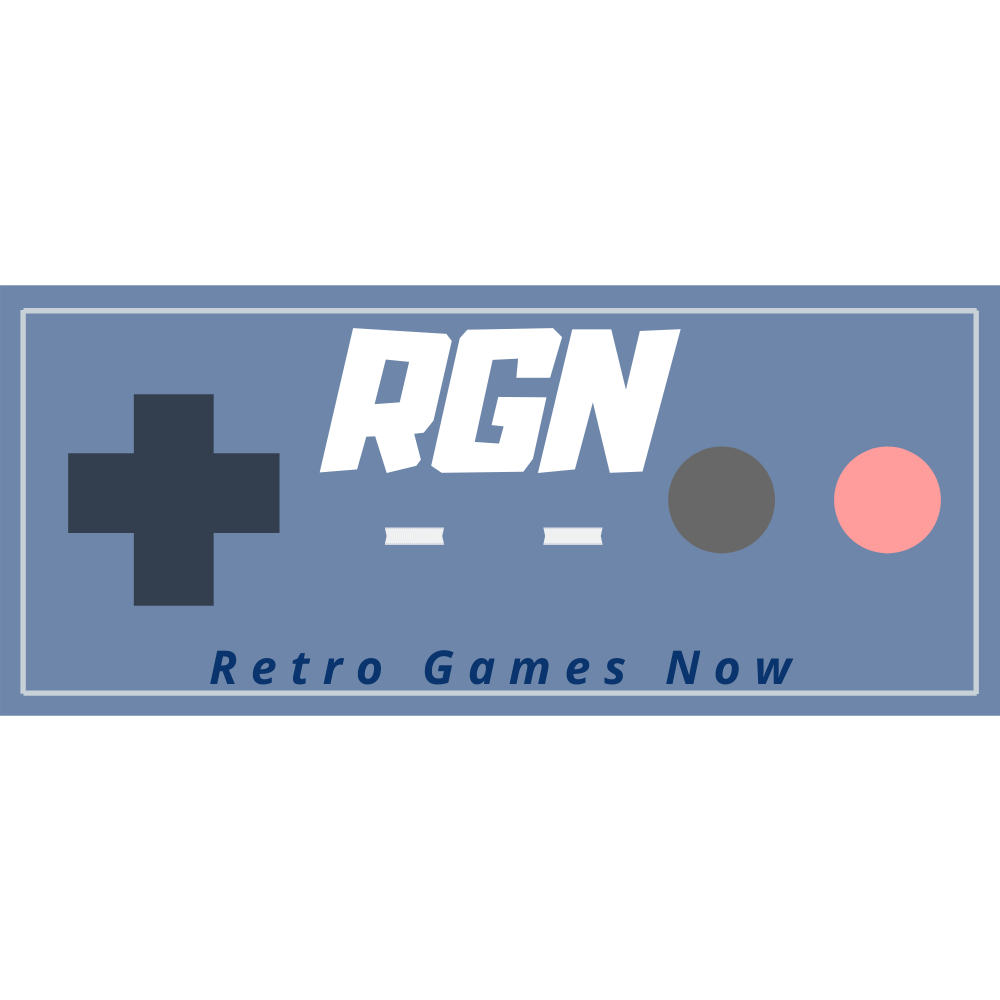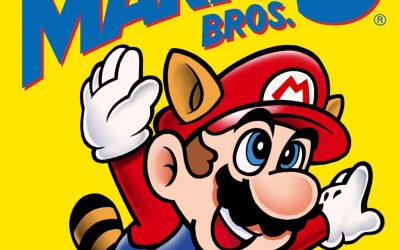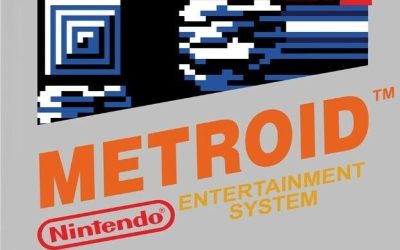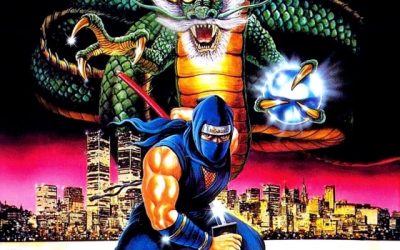Welcome, fellow adventurer! Today, we’re diving into the classic Nintendo game, “Zelda II: The Adventure of Link.” Released in 1987 as the second installment in one of our favorite 8-bit video game franchises, this adventure game introduced some major changes to the gameplay mechanics, art style, and overall experience. Buckle up, because we’re about to embark on a magical journey through the mystical lands of Hyrule.
Zelda II Overview
“Zelda II: The Adventure of Link” took the beloved franchise in a new direction, incorporating side-scrolling action and role-playing game elements. Players once again assume the role of Link, who must save Princess Zelda from a sleeping spell and defeat the evil sorcerer known as, “The Magician.” While some consider it the black sheep of the franchise, it’s still a fun game that’s worth exploring. Let’s delve deeper into the various aspects of this iconic game.
Gameplay Mechanics
Combat System
In this sequel, the combat system is significantly different from the original Zelda, which featured a top-down perspective. Players now engage in real-time, side-scrolling battles, using sword attacks and defensive maneuvers to defeat a variety of enemies. The addition of high and low attacks requires more strategic thinking, making combat more engaging and challenging.
Magic System
The game introduces a new magic system, allowing Link to use a variety of magic spells to aid him on his quest. Players can cast spells like Shield, which reduces damage taken, and Life, which restores health. Utilizing magic is crucial to overcoming obstacles and defeating difficult enemy types.
Experience System
For the first time in the franchise, “Zelda 2” features an experience system. Players earn experience points by defeating monsters and completing tasks, which can be used to level up Link’s attributes like health, magic, and attack power. This RPG element adds depth and a sense of progression to the gameplay.
Graphics & Design
Art Style
The game’s art style is vibrant and colorful, with detailed character sprites and rich backgrounds. The side-scrolling perspective allows for a more dynamic presentation, as players traverse the varied landscapes of Hyrule.
Level Design
“Zelda II” offers a mix of open-world exploration and side-scrolling action, with players navigating through interconnected areas and tackling various dungeons or palaces, as they’re called in this version. The level design is clever and challenging, requiring players to solve puzzles, defeat enemies, and find hidden secrets.
Characters & Story
Protagonist
Link, our courageous hero, returns in this adventure to save Princess Zelda and protect the kingdom of Hyrule. As the protagonist, players will guide Link through his perilous journey, utilizing his newfound abilities and magic powers.
Antagonist
Ganon, the evil sorcerer, is usually the main bad guy for the majority of the Zelda game series. However, in Zelda 2, a character called The Magician serves as the main antagonist. His goal is to resurrect Ganon using Link’s blood, and he’ll stop at nothing to achieve this. Players must thwart his plans and ultimately defeat him to restore peace to the kingdom.
Supporting Characters
Throughout the game, players will encounter various NPCs who offer guidance, share information, and provide assistance. From the wise old man who teaches Link new spells to the villagers who offer valuable insights, these supporting characters add depth and personality to the game’s world.
And, who can forget my favorite Error character, who amusingly states, “I am Error,” when you attempt to speak to him in Ruto village. “I am Error,” was originally thought to be a software bug or mistranslation, though that is not the case.
Sound & Music
Music
The soundtrack of “Zelda II” is nothing short of iconic, with memorable melodies that perfectly complement the game’s atmosphere. The music is both catchy and nostalgic, whisking players away to the magical realm of Hyrule.
Sound Effects
From the satisfying clang of Link’s sword to the ominous growl of enemies, the sound effects in “Zelda II” are immersive and engaging. Each audio cue effectively conveys the action on-screen, providing a more captivating gaming experience.
Controls & Interface
Controls
The game’s controls are responsive and intuitive, with simple button inputs for attacking, jumping, and casting spells. Players can easily navigate through the side-scrolling action and engage in combat with precision and finesse.
User Interface
“Zelda II” features a clean and functional user interface, displaying essential information like health, magic containers, and a magic meter. The interface allows players to track their progress and manage their resources effectively, contributing to a smooth and enjoyable gameplay experience.
Difficulty
Difficulty Curve
The game offers a well-balanced difficulty curve, gradually ramping up the challenge as players progress. Newcomers and seasoned gamers alike will find a satisfying level of difficulty that keeps them engaged and invested in the adventure.
Difficulty Balance
“Zelda II” is known for being a punishing game, striking a fine balance between challenge and accessibility. While some sections can be tough, players can overcome these obstacles with practice and perseverance. The game’s difficulty level encourages players to develop their skills and strategize, making for a rewarding experience.
Negative Aspects of Zelda 2
Zelda II: The Adventure of Link is often considered one of the most challenging games in the Zelda series, with its difficulty level being one of the main criticisms players have of the game. The shift from the top-down dungeon-crawling style of the original Zelda to a side-scrolling, action-oriented format was a surprise for many, leading to divided opinions.
While the game introduced new elements and mechanics, such as real-time combat and RPG elements, some players were not fond of these changes. They felt that these features made the game feel significantly different from the original Zelda, and not necessarily in a good way.
Another point of contention is the perception of Zelda II over time. Interestingly, there seems to be a trend of negative sentiment towards the game that emerged around the time a critical video by the Angry Video Game Nerd was released. This trend suggests that the game’s reputation may have been influenced by the opinions of influential figures within the gaming community, rather than by the game’s content itself.
But, who’s really judging it? For me, it was a tough as hell game to play, but I loved every minute of it because it was related to the Legend of Zelda games. Sure, the gameplay was different and it had a more RPG feel, similar to Dragon Warrior for NES.
Reception & Legacy
Initial Reception
Upon its release, “Zelda II: The Adventure of Link” received generally positive reviews, with critics praising the game’s innovations, graphics, and engaging gameplay. However, some fans of the original Zelda were initially divided over the new gameplay mechanics and side-scrolling perspective.
Legacy
Despite the initial mixed reactions, “Zelda II” has since become a beloved classic and an important part of the franchise’s history. It introduced key elements that would influence future games and remains a noteworthy entry in the series of acclaimed video games.
“Zelda II: The Adventure of Link” is a bold and innovative sequel that expanded the franchise in exciting new directions. With its captivating gameplay, memorable characters, and enchanting soundtrack, this game has truly stood the test of time. Although some might consider it a bad game, many players have enjoyed the entire game, making it a must-play for fans of the series and a testament to the enduring legacy of the “Legend of Zelda” franchise.
FAQs
What platform is “Zelda II: The Adventure of Link” available on?
The game was originally released on the Nintendo Entertainment System (NES) and has since been re-released on various Nintendo platforms, including the Virtual Console and Nintendo Switch Online.
How long does it take to complete the game?
On average, it takes approximately 10-15 hours to complete “Zelda II,” depending on your skill level and familiarity with the game.
Is “Zelda II” a direct sequel to the original “The Legend of Zelda?”
Yes, “Zelda II” takes place after the events of the original game and continues the story of Link and his quest to save Princess Zelda.
Are there any other games in the series that feature the side-scrolling gameplay of “Zelda II?”
While “Zelda II” is unique in its side-scrolling gameplay, some later games in the series have incorporated elements of this style, such as “The Legend of Zelda: Link’s Awakening” and “The Legend of Zelda: A Link Between Worlds.”
What makes “Zelda II” different from other games in the franchise?
“Zelda II” stands out due to its side-scrolling perspective, real-time combat, and RPG elements like experience points and leveling up. These features make it a distinctive and memorable entry in the “Legend of Zelda” series.




0 Comments